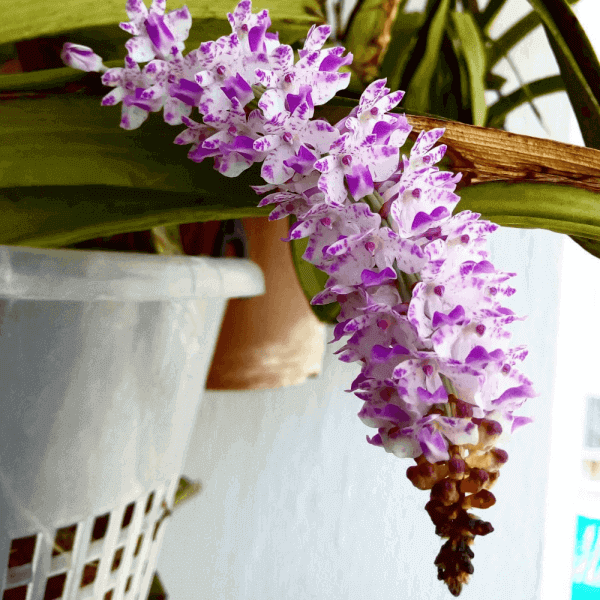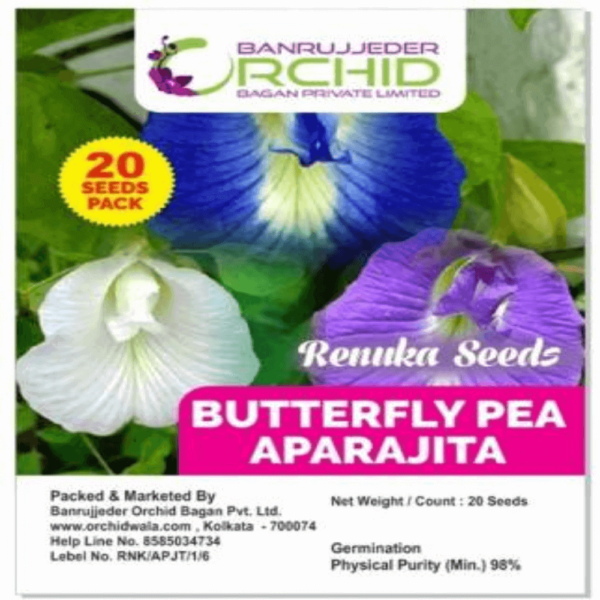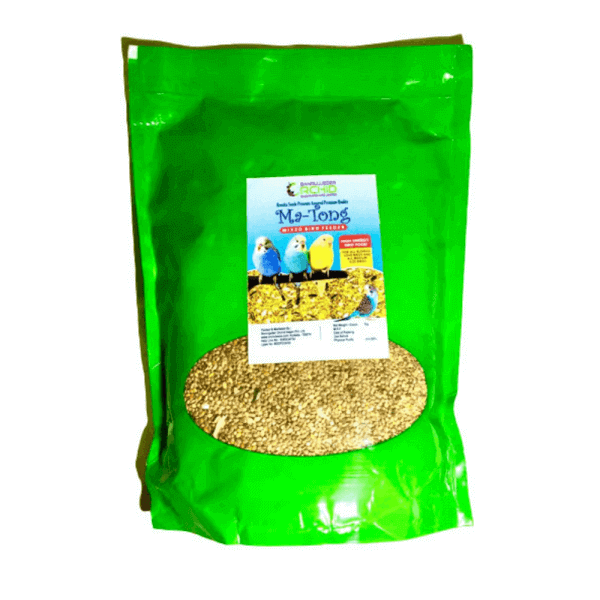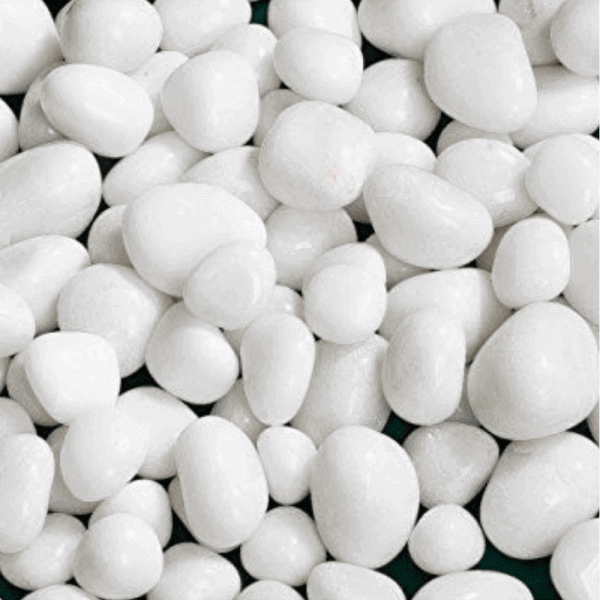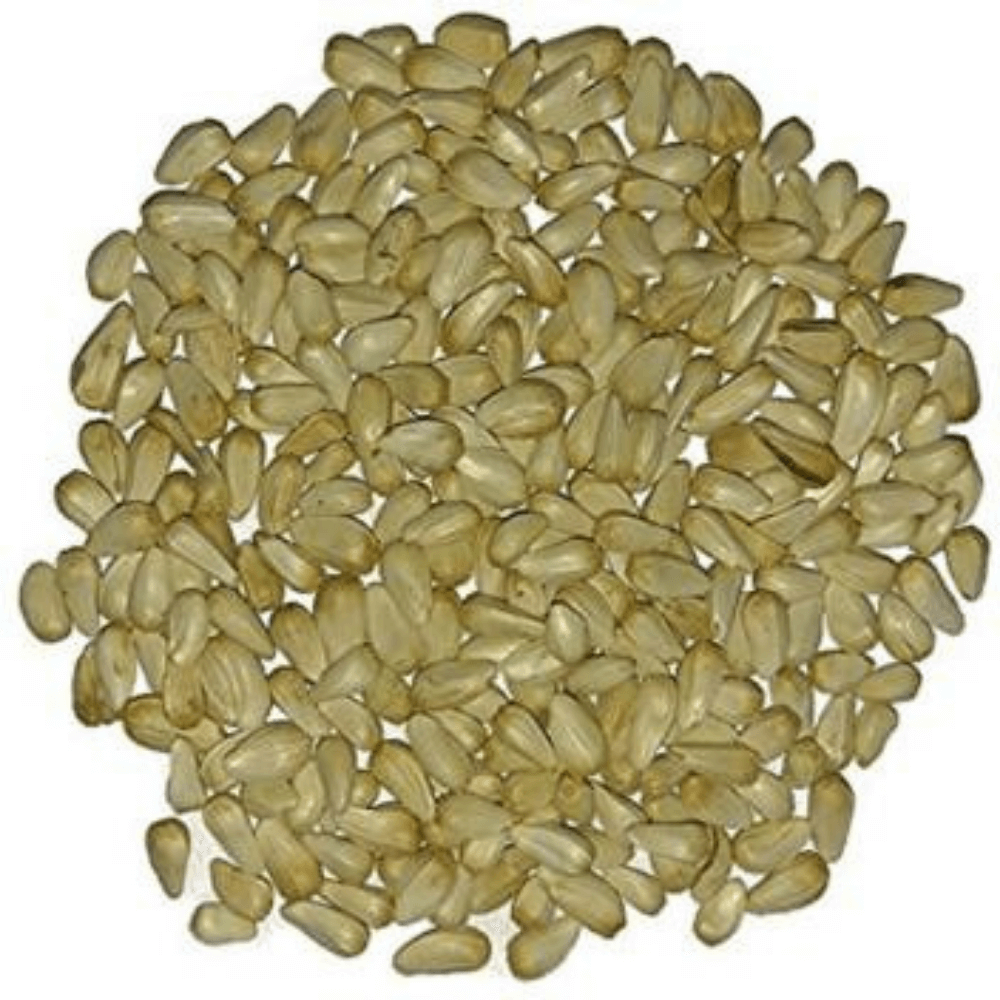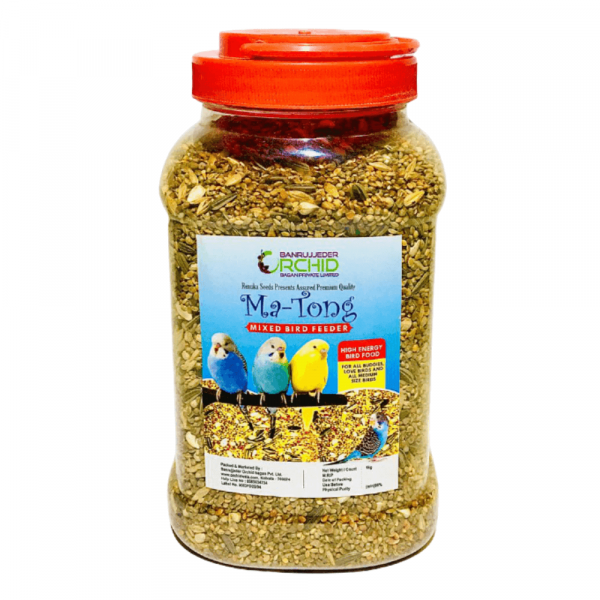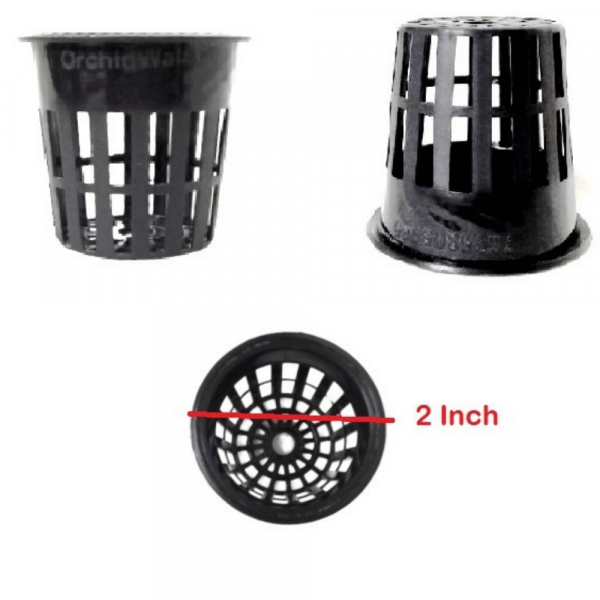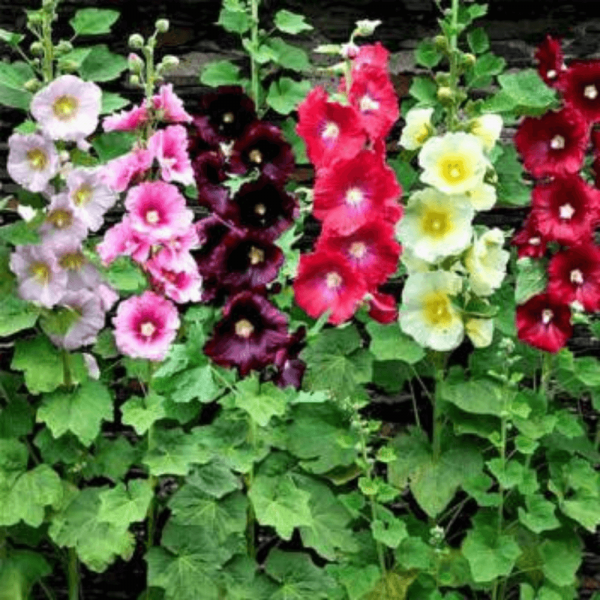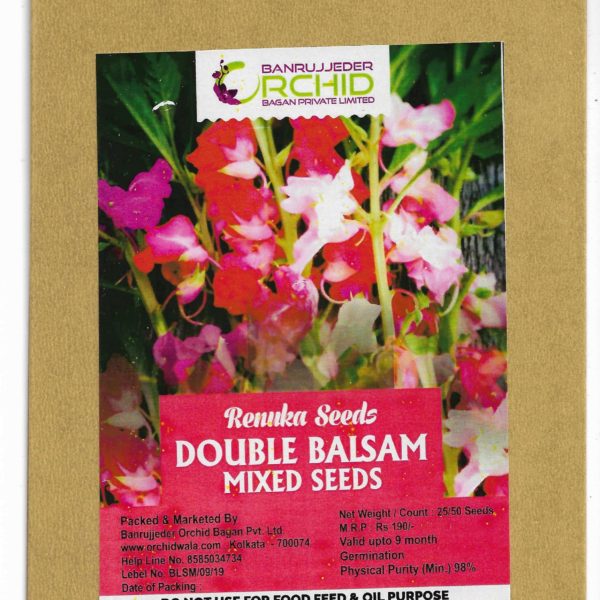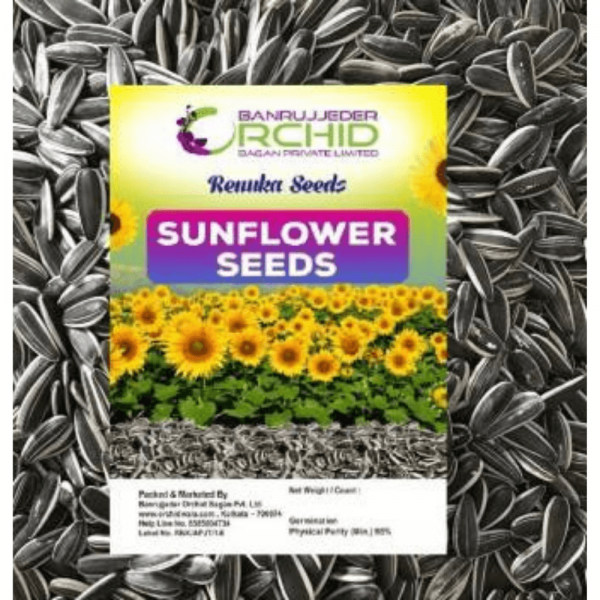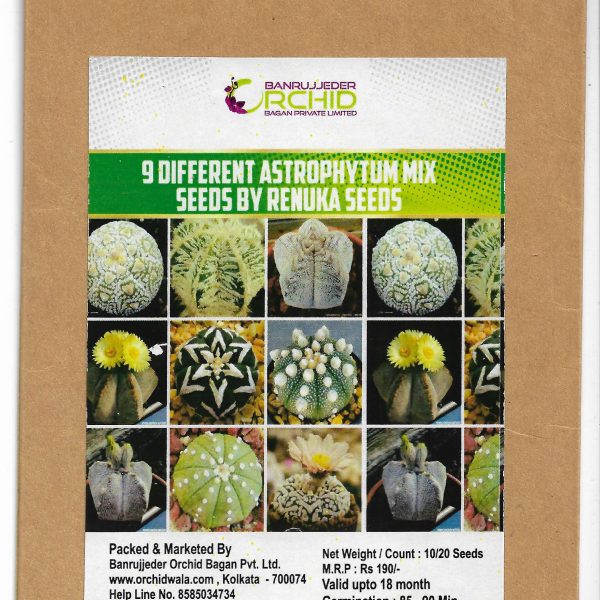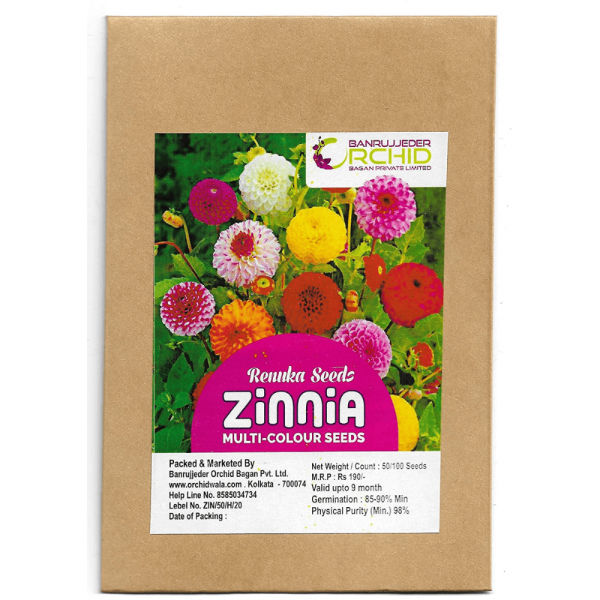| Dimensions | 10 × 8 × 8 cm |
|---|---|
| Weight | 1 kg, 2 kg, 5 kg, 500 gm |
Safflower Seeds – Kusum Dana – Saffola Seeds 100 Count for Garden Plants
₹199.00
CLIMATE : Safflower plants grow successfully when the annual precipitation is less than 15 inches per year. The plants require at least 120 frost-free days and prefer a long, hot, dry summer.
LOCATION : Find a suitable location for the plants away from foot traffic. The plants are covered in stiff spines, making walking through an area with the plants difficult or even dangerous. The plants grow up to 3 feet tall with long taproots extending 8 to 10 feet into the soil. Plant safflower plants in a permanent location because they don’t transplant well.
NUTRITION : est the soil for nitrogen and phosphorus content and incorporate fertilizer with a high nitrogen and phosphorus content into the soil to address low levels if found. Add soil amendments and cultivate the soil deeply to provide the fertile, deep, well-drained soil preferred by safflowers.
TEMPERATURE : Sow the safflower seeds 1 to 1 1/2 inches deep in rows 6 to 10 inches apart when the soil temperature is at least 40 degrees Fahrenheit, in April or May. Expect the seedlings to emerge from the soil in one to three weeks
Safflower is a small, white seed that is high in protein and fat. Sunflower-eating birds love Safflower. Squirrels and Blackbirds.
USES – Safflower seed oil is flavorless and colorless, and nutritionally similar to sunflower oil. It is used mainly in cosmetics and as a cooking oil, in salad dressing, and for the production of margarine. It may also be taken as a nutritional supplement.nomenclature is Carthamus tinctorius.
Safflower seed is also used quite commonly as an alternative to sunflower seed in bird- feeders, as squirrels do not like the taste of it

